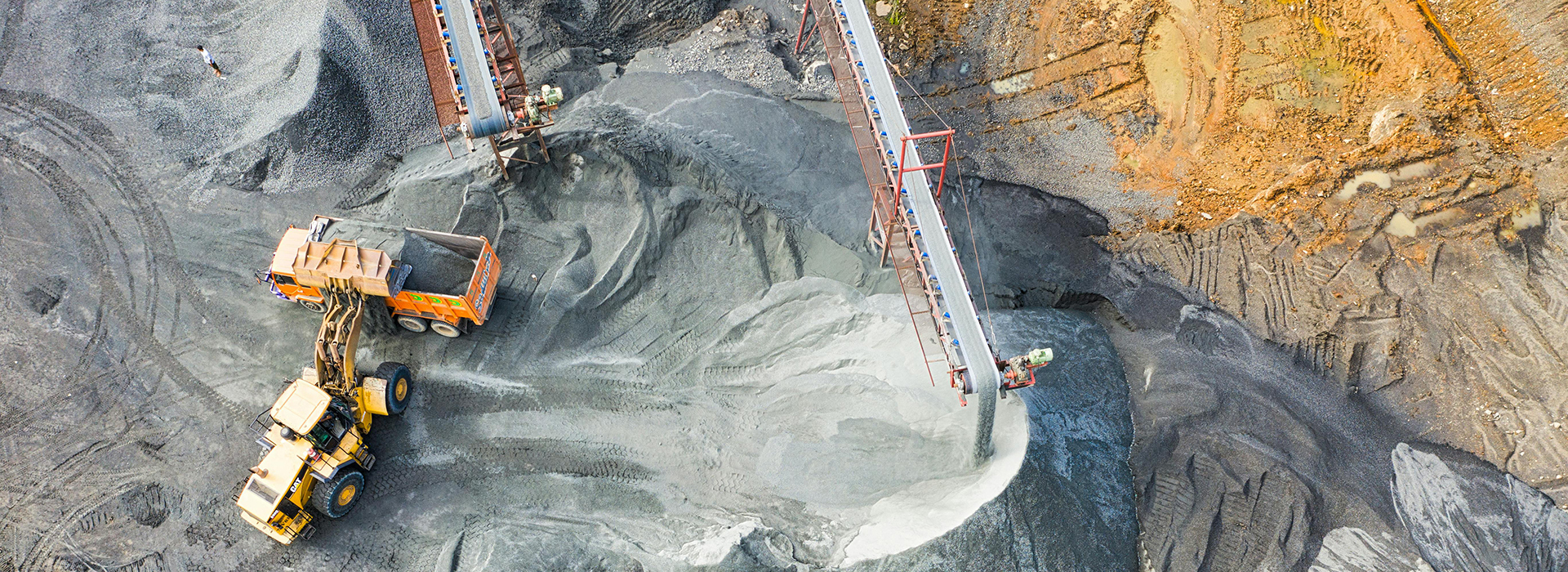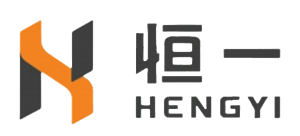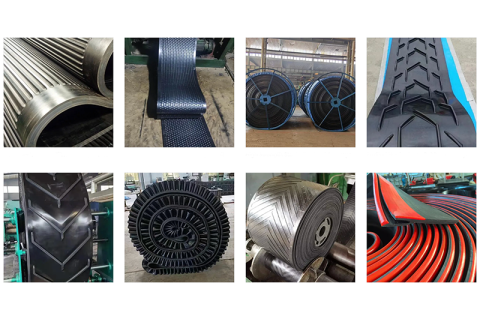
News
The mining industry faces extremely demanding production environments, placing extremely high demands on conveyor belt performance. Whether operating over long distances, handling heavy loads, or facing high wear and impact, reliable conveyor belts are crucial for ensuring production efficiency and safety. We specialize in providing customized conveyor belt solutions for mining companies, helping them maximize equipment uptime and economic efficiency. Our product offering includes both conventional conveyor belts and specialized conveyor belts for specialized applications.
Common problems in conveying bulk and bagged materials include slippage, reduced efficiency, and even safety risks. Chevron rubber belts, with their unique herringbone pattern design, effectively address these issues. Chevron rubber belts improve conveying angles while ensuring stable material flow, making them an ideal choice for industries such as mining, building materials, agriculture, and logistics.
When purchasing industrial rubber belts and related accessories for your business, we understand that you're not only choosing the right product, but also placing a high level of trust in your supplier. You may be considering:
In modern industrial production, conveyor belt systems play a crucial role. Whether used in mining, chemicals, food processing, or manufacturing, conveyor belt systems help improve production efficiency and ensure materials are transported quickly and safely. To ensure the smooth operation of conveyor belt systems, associated components such as conveyor belt idlers, conveyor belt scraper types, and other key parts are essential. This article explores these key components and their roles in the conveyor belt system, helping businesses select the most suitable equipment.
In modern industrial production, rubber conveyor belts, as key transmission equipment, are widely used in mining, metallurgy, building materials, ports, and other fields. With industrial upgrades and increased automation, companies are increasingly demanding higher performance and quality from rubber conveyor belts. However, with a multitude of rubber belting suppliers on the market and varying product quality, selecting the right industrial rubber belting supplier is a crucial step in a company's procurement process.
Demand for conveyor belts is primarily concentrated in the mining, port, metallurgy, power, chemical, and building materials sectors. Industry leaders such as Bi-State Rubber, Cambelt, and SKE Industries continue to lead the industry's technological evolution with innovative hot vulcanization processes, one-piece molding technology, and high-performance materials.
In the mining industry, efficient material handling is key to operational success. One of the most crucial components in any mining process is the mining conveyor belt. Whether you're involved in coal mining, ore extraction, or transporting other materials, having a reliable conveyor system can greatly enhance your productivity. If you're looking for a mining conveyor belt for sale, this guide will help you navigate your options while ensuring you make an informed decision based on your specific needs.
Heavy-duty nylon conveyor belts are widely used in mining, metallurgy, chemicals, power generation, ports, and other heavy industries, playing a crucial role in the transportation of bulk cargo. This article will provide a detailed analysis of the operating speed, conveying angle, capacity, and lifting efficiency of heavy-duty nylon conveyor belts, and provide optimization solutions to help companies improve production efficiency and reduce operating costs.
Due to the harsh working environment underground in coal mines, which contains gas and coal itself is flammable, the primary consideration when selecting a conveyor belt is ensuring safe and stable coal transportation. Underground conveyor belts must be flame-retardant and have obtained safety markings and production licenses.
Generally speaking, for a given Conveyor belt speed, the conveying capacity of a belt conveyor increases with belt width. The conveyor belt must be wide enough to prevent large lumps of bulk and powdered materials from being loaded against the belt edge. Furthermore, the internal dimensions of the feed chute and the distance between the guide troughs must be sufficient to allow mixtures of various particle sizes to pass without clogging.










